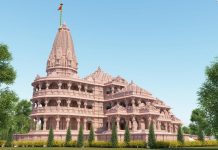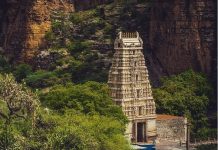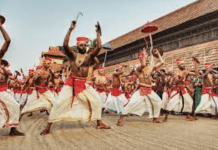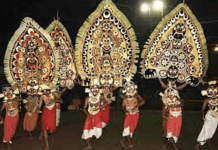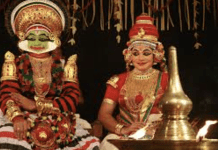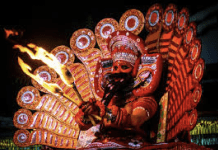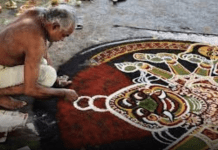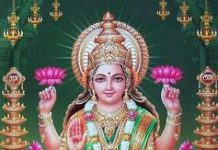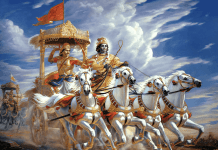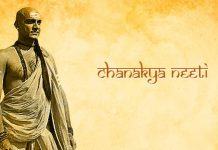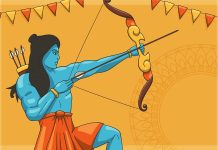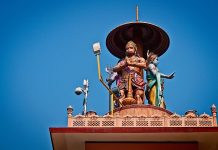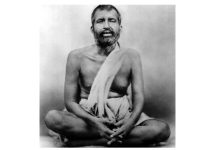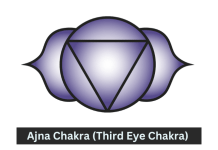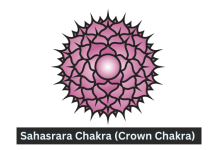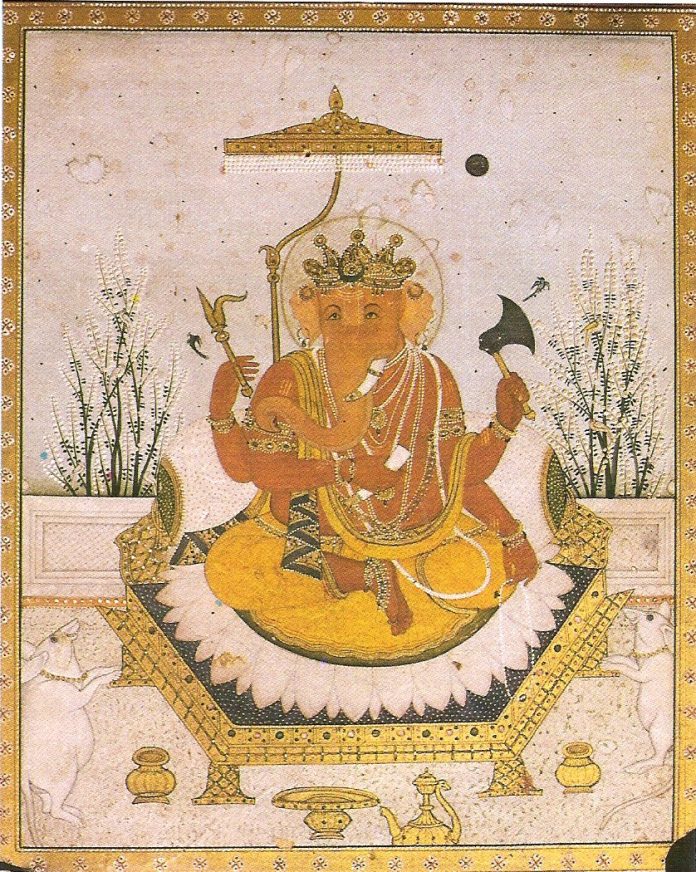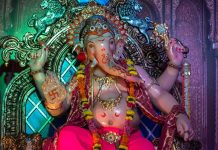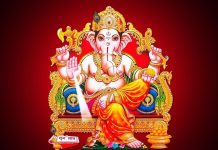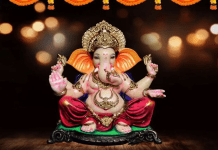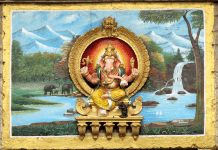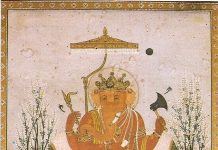Ganesha is worshipped not only in India but also in other countries. This time the festival falls on August 31. Every part of Ganesha’s body has its own significance, here is the information.
According to Hindu mythology, Ganesh is the son of Shiva and Parvati. Ganesha is also known as Vinayaka in Kannada, Malayalam and Marathi, Vinayagar in Tamil and Vinayakudu in Telugu. Ganesha is considered Vidyadhidevata. Ganesha’s name is addressed with the letter “Shri”. Devotees of Lord Ganesha are called Ganapatyas. Ganesha is worshipped not only in India but also in other countries. This time the festival has come on August 31st. All Body Part of Lord Ganesh has its own significance, here is the information
Lord Ganesha’s Big Ears
Listen More Lord Ganesha hears everyone’s prayers, He gives what His true devotees ask for, what they want.
Ganesha’s big head
Thinking big symbolizes wisdom, knowledge, and clear thinking. Also denotes loyalty and power of discrimination.
Ganesha’s Small Eyes
Ganesha’s small eyes symbolize the importance of concentration and focus.
Ganesha’s Small Mouth
Speak Less The most important feature of concentration is, listening more and talking less. High efficiency and adaptability symbolize that there is no straight path to success
Ganesha’s Big Stomach
An indication of peaceful digestion of all the good and bad in life, Ganesha’s big stomach symbolizes the ability to digest all that life has to offer. Good, bad, ugly, evil, pain, suffering, joy. Ganesha’s big belly is a treasure of Vedic knowledge.
Ganesha’s Rat
The vehicle of Ganesha, his rat bowing close to him suggests that small desires are good but mastery over excessive desires is essential. You should ride your desires and not vice versa. The rat also symbolizes the darkness of the night. A rat can see well in the dark. Ganesha’s rat symbolizes the leading of man from darkness to light.
The bounties of Lord Ganesha’s sadhana in the hand symbolize Ganesha’s abundant love, goodwill and boon and all the good things he can bestow upon his devotees.
Ganesha’s axe in hand
to cut all bonds of attachment Ganesha wields his ferocious weapon, the elephant goat, to remove obstacles from the path of his devotees.
Ganesha’s rope in hand
symbolizes the calm composure of his mind as the rope pulls you closer to the highest goal. This brings his devotees closer to the spiritual path.
half-tusk of Lord Ganesha
Keep positive and throw away the negative A half-tusk signifies Ganesha’s ability to overcome all forms of duality. Ganesha wrote an epic with this broken tusk.
The four arms of Lord Ganesha are the four inner attributes of the subtle body:- mind, intellect, ego, and conditioned conscience. Lord Ganesha represents pure consciousness. It enables these four attributes to function in us.
Lord Ganesha’s Legs
Ganapati has one leg raised in the air and the other touching the ground. It is a symbol of our participation in the spiritual world and the physical world.


